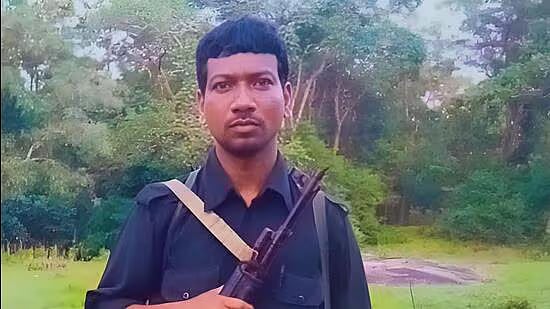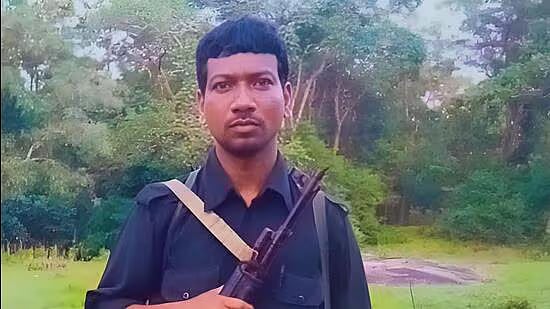The killing of dreaded Maoist commander Madvi Hidma in an encounter with security forces in Andhra Pradesh has dealt a body blow to the already tottering Left Wing Extremist (LWE) movement in India. Hidma, the elusive CPI (Maoist) Central Committee member, was said to have been behind 26 of the deadliest Naxal attacks, including the Dantewada massacre in 2010 that killed 76 CRPF jawans and the 2013 Darbha Valley attack when a huge chunk of the Congress leadership in Chhattisgarh was wiped out. He was said to have been the youngest and only tribal from Bastar in the CC. With Hidma’s neutralisation, Union Home Minister Amit Shah’s goal of eliminating LWE in India by March 31, 2026, appears to be a distinct possibility. In this context, Shah had set a November 30, 2025, deadline to end Hidma’s reign of terror, and the security forces achieved it 12 days in advance, giving rise to doubts that the killing was part of a staged encounter. A day later, another seven Maoists were killed in Andhra Pradesh. There has been a steady decline in LWE in India, as over the past few months several key Maoists, including Basavaraju, the CPI (Maoist) general secretary, have been eliminated in encounters with security forces. In October this year, senior politburo member Mallujola Venugopal Rao, alias Bhupati, surrendered along with 60 cadres in Maharashtra’s Gadhchiroli district, as did another 78 Maoists in Chhattisgarh. In the wake of Hidma’s killing, Bhupati has again appealed to Maoists to give up the path of armed resistance and rejoin the mainstream. One reason for the security forces’ success in containing LWE is the interstate coordination, which was absent in the past. Also, the movement is now a divided house, with some cadres objecting to the strategy of violence and militarism.
When the Maoist struggle was at its peak, former prime minister Manmohan Singh had declared LWE as the biggest security challenge for the nation, and he was backed by then home minister P. Chidambaram, who had launched Operation Green Hunt, an interstate offensive against Maoist insurgency. The infamous state-sponsored Salwa Judum, a vigilante group to counter the Naxalites, was outlawed by the Supreme Court, and its founder, Mahendra Karma, was gunned down in the Darbha Valley attack. While lauding steps to end Maoist insurgency, it is important to remember the root causes for its spread among the people—caste oppression, denial of land and forest rights to tribals, and bureaucratic corruption. Big corporations taking over tribal land for factories and mines has only fuelled discontent and is a fertile breeding ground for Naxal ideology. The government must keep in mind the needs and aspirations of the people to prevent the spread of such movements.






